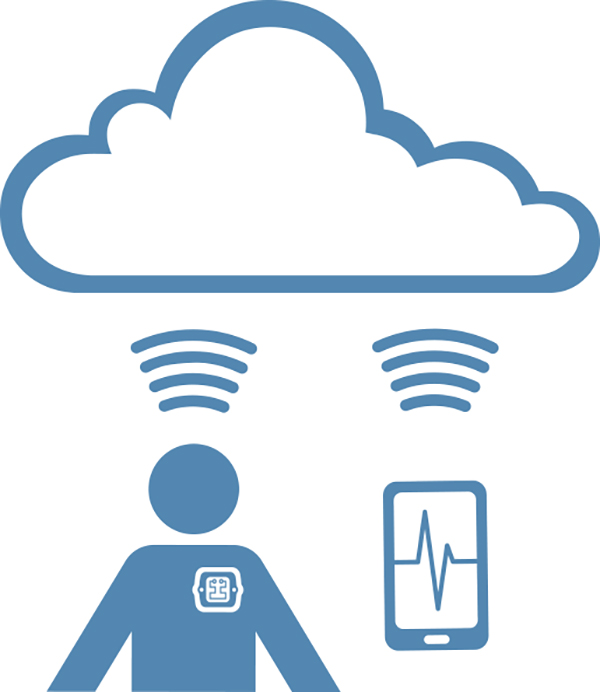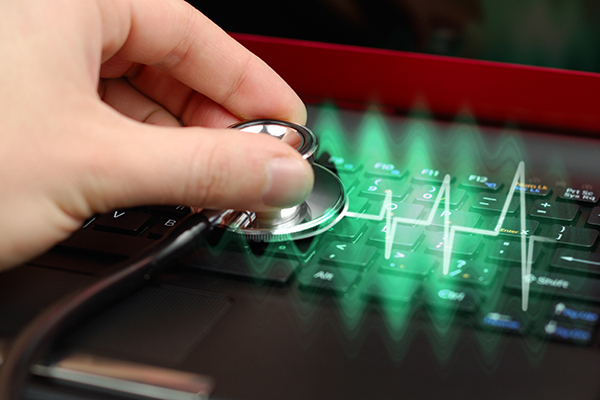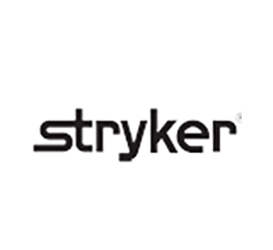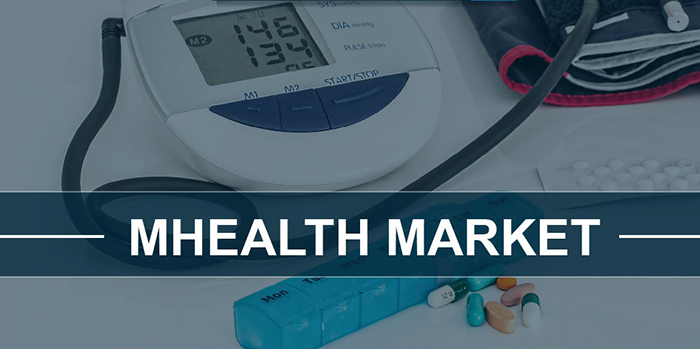
Survey: Patients Agree Wearable Devices Improve Health Outcomes, but Find Them Hard to Use
The findings suggest that manufacturers need to make user interface and user experience design improvements to certain wearable medical devices.

The findings suggest that manufacturers need to make user interface and user experience design improvements to certain wearable medical devices.

Russia’s invasion of Ukraine has increased the potential for cyberattacks against U.S. healthcare systems.

Healthcare cannot remain reactive to dealing with cybersecurity risks. We must take a new, proactive approach to protecting our users, and our systems must prioritize reducing the extent of reliance on users against unknown threats.

As more healthcare activities take place from home, passive continuous monitoring solutions and new technology such as artificial intelligence will be critical to communications between providers and patients. In addition, new solutions that offer overnight monitoring will play a crucial role in helping to fill the gaps, particularly in assessing patient deterioration or changes in health conditions. The pandemic has forever changed the trajectory of healthcare and specifically virtual care.

The omicron variant of the coronavirus has made clear that the impact of the pandemic is far from over, particularly for health systems and hospitals. The ongoing need to limit close contact between providers and patients means technology will continue to play a key role, but with that increased reliance on technology comes the heightened exposure to cyber risks, as well.

The threat of an attack is imminent. It is critical for medical devices and systems, as well as healthcare facilities to have the right safeguards in place.

Increased use of remote and telehealth programs, networked medical devices, and “smart” product storage come with their own inherent risks.

“The deal will help Stryker significantly accelerate [its] digital aspirations to improve the lives of caregivers and patients,” according to company Chair and CEO Kevin Lobo.

Keeping temperature-sensitive medical products within the required levels is vital in today’s world, especially as supply-chain issues are making transportation challenging. Monitoring equipment will ensure items stay safe as they move from the device manufacturer to consumer.

The mHealth industry is rapidly disrupting traditional healthcare delivery by leveraging the power of mobile communication technologies and wearable devices.